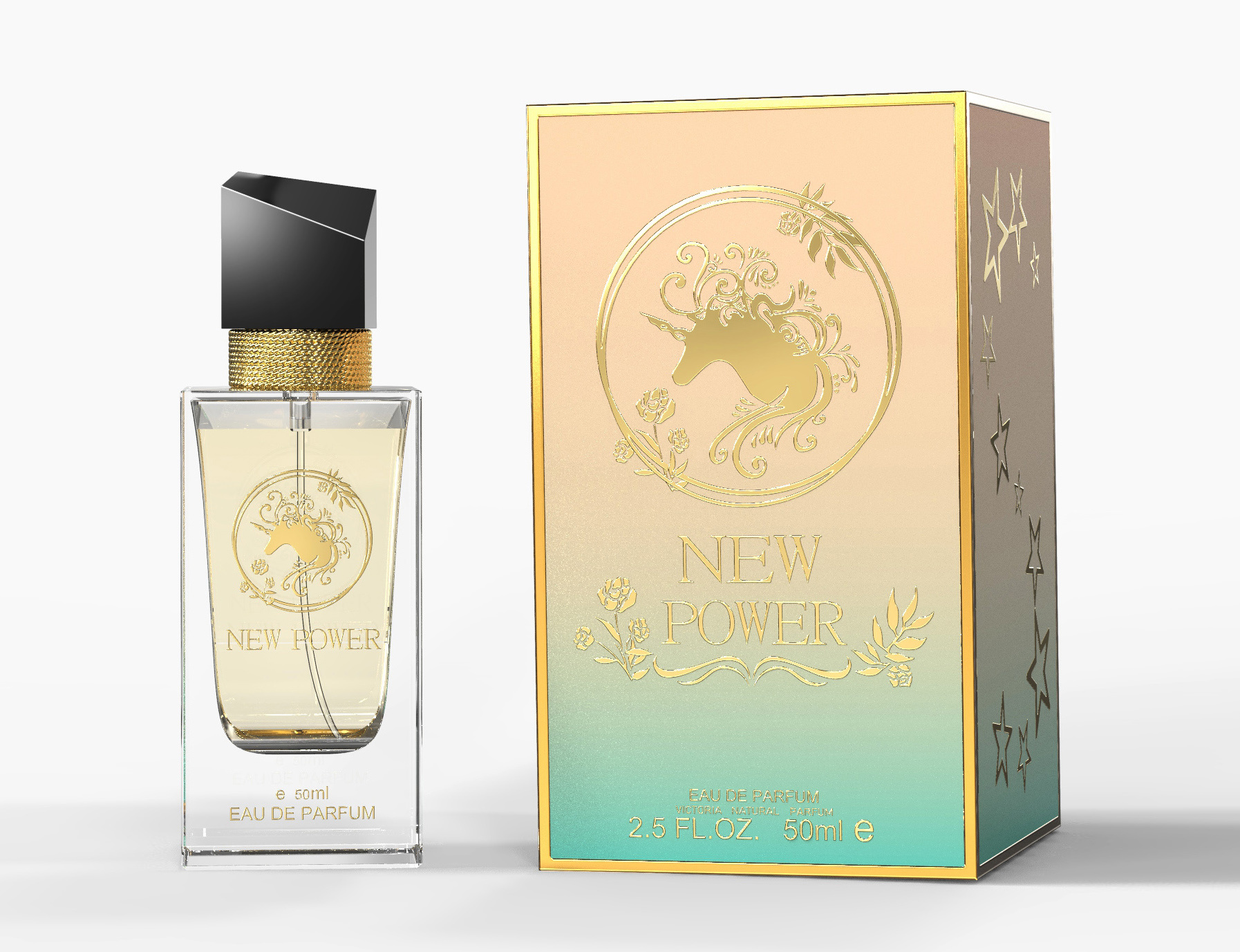Cardboard Packaging — Discovering Lessons in Everyday Things
Time:
2025-05-26
Cardboard Packaging — Discovering Lessons in Everyday Things
In our daily lives, cardboard boxes are everywhere. From food and household items to electronics, countless products come with a cardboard packaging. What seems ordinary and often overlooked actually contains a wealth of knowledge, design wisdom, and environmental concepts. By observing cardboard boxes closely, we can learn many valuable lessons, foster careful observation, and develop our thinking skills.
1. Design of Packaging — A Harmony of Aesthetics and Functionality
The first thing that catches our eye about a cardboard box is its design. The colors, patterns, fonts, and images—all are carefully considered. Good design isn’t just about looking nice; it also enhances practicality. For example, easy-tear notches facilitate opening; stackable shapes improve transportation and storage efficiency; labels and barcodes are positioned for quick scanning and identification.
From this, we learn that design should center around the user’s experience. A harmonious balance of beauty and usability is essential. This lesson applies broadly—be it in product development, service design, or any project—considering user needs makes the outcome more successful.
2. Material Selection — Environmental Awareness and Cost Balance
The materials used in cardboard boxes also offer lessons. Some boxes are made from recycled paper, supporting environmental sustainability; others incorporate moisture-proof or impact-resistant materials to protect products during transit. This highlights the importance of considering both cost and environmental impact in material choices.
The key takeaway? While controlling costs, we should also prioritize eco-friendliness. Supporting green packaging practices not only helps the environment but also reflects corporate responsibility and ethics.
3. Manufacturing Process — The Wisdom of Production
The production of cardboard boxes involves multiple steps: cutting, printing, folding, gluing, and assembling. Each step requires precision to ensure quality. This illustrates that good craftsmanship and attention to detail are the foundations of high-quality products.
What we learn here is that small details matter—whether in personal work, organizational tasks, or creative projects—paying attention to details often determines success or failure. Focused effort on the finer points leads to better results.
4. Information Communication on Packaging
The labels and printed information on cardboard boxes communicate essential details—brand names, instructions, warnings, safety notices, and more. Clear, accurate, and understandable labels help consumers use products correctly and safely.
This teaches us that effective communication and clear expression are essential in all fields. Proper conveyance of information can prevent misunderstandings and make processes smoother, whether in business, education, or daily life.
5. Reuse and Eco-awareness
In recent years, many cardboard boxes encourage reuse—such as turning boxes into storage containers or DIY projects. This reflects increasing awareness of environmental sustainability.
From this, we understand that resources are finite. Promoting reuse and waste reduction in our routines can contribute to environmental protection. Small actions, like repurposing items, cultivate a sense of responsibility and sustainability.
6. Behind-the-Scenes of the Industry Chain
Every seemingly simple cardboard box involves a complicated supply chain—raw material procurement, design, manufacturing, transportation, sales, and recycling. This reveals that behind every product lies a network of coordination and cooperation.
The lesson? Whether in a career or project, understanding the larger process enhances professionalism and teamwork. Recognizing how various links connect helps us appreciate the complexity and importance of collaboration.
Final Reflections
Although often just a basic container, cardboard boxes contain rich lessons and insights. They teach us about harmonious design, environmental responsibility, attention to detail, effective communication, and resource recycling. Observing and contemplating these ordinary items helps us develop a keen eye for detail and critical thinking, better understanding the world around us.
Next time you open a cardboard box, take a moment to pause and look a little more carefully—you might discover unexpected insights. Life is filled with learning opportunities at every turn. If we approach everyday objects with curiosity, we’ll find that learning truly is everywhere.





